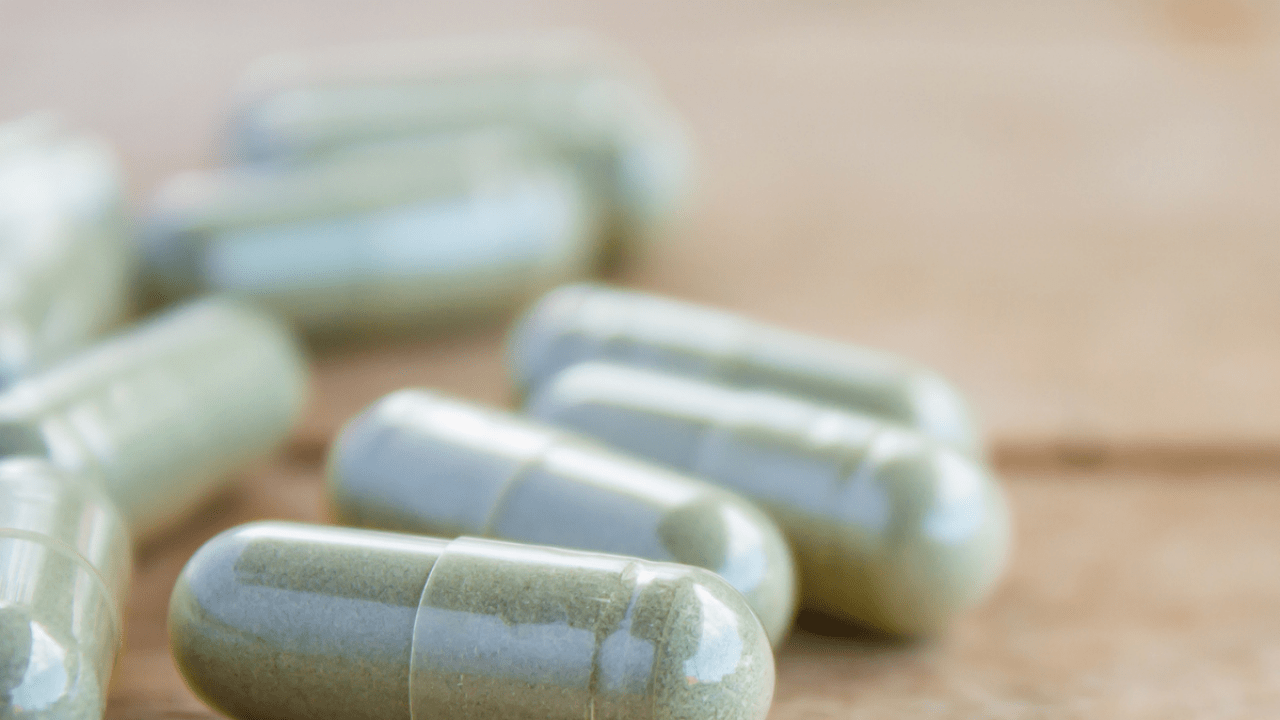The Nutraceutical industry is constantly growing with the need for tablet production worldwide. According to a 2021 report from Global Market Insights, tablet production has a global market value of $127.2 billion dollars, or (£105.4 billion). However, what do you know about the types of tablets in the market? Read more to find out.
In today’s world, tablets can be manufactured in several different forms like granules, liquid or even foam. These all perform differently and are tailored to ensure effective results depending on the situation. In this blog, we will look at different types of tablet manufacturing, such as chewable, orally disintegrating, controlled release, sublingual and effervescent. Take a look to find out more.
Types of Tablet Production
Chewable Tablets
Chewable tablets are dissolved in the mouth and are ideal for children or adults that struggle with swallowing tablets. Furthermore, when flavoured, the odour or taste of the drugs can be masked. Dulling or hiding the taste of the medication through flavourings can also achieve better patient compliance with taking their medication.
Chewable tablets are great as they do not requite water to swallow, so can be taken at any time and place, as well as delivering fast results.
When mass-producing chewable tablets, they can be an economical product with no need for expensive equipment or complex production processes. Also, chewable tablets are easy to produce because they are like conventional tablets.
However, chewable tablets require different conditions, because they’re hygroscopic. When something is hygroscopic, it tends to absorb moisture from the air. Because of chewable tablets’ hygroscopic state, they need to be in a sealed container.
Orally Disintegrating Tablets
Similarly, orally disintegrating tablets (ODTs) are more convenient for patients with difficulty swallowing. ODTs dissolve on the tongue for faster absorption into the bloodstream. Also, ODTs prove to have higher bioavailability and an earlier pharmacological impact than conventional tablets.
Bioavailability means the ability of a drug to be absorbed and used by the body. Because ODTs have a higher bioavailability, they are one of the fastest-acting tablet forms in circulation.
Sublingual Tablets
Very similar to ODTs, sublingual tablets go under the tongue and dissolve to provide fast-acting results. Because of how they work, sublingual tablets pass into the bloodstream quickly, like ODTs. They dissolve quickly, without the need for water or chewing, and are also very fast acting
Effervescent Tablets
When in contact with water, effervescent tablets are designed to release carbon dioxide, starting the disintegration process. Once fully disintegrated in a glass or cup of water, it can be easily drunk, eliminating the concern of swallowing tablets. As they dissovle in water, they also help to hydrate the body at the same time, and diiule the effect on the stomach.
Due to the effervescent tablet’s process of indigestion, it is fast acting in treating any medical problem it was designed for. Due to it being quickly absorbed into the body, effervescent tablets are prolifically used in disorder medication as opposed to conventional medication.
Controlled release
Controlled release tablets are released more slowly into the bloodstream, which helps to reduce the effects of side effects, as the dose is delivered at a lower rate for longer. Furthermore, the dosing frequency is reduced due to the medication being released over a long time period, meaning the patient doesn’t have to worry about taking regular doses and is less invasive on every day lift. Controlled release capsules are also beneficial from a cost point of view, as a lower quantity is needed over the same time period than standard capsules.
Here at Rain, we are proud to offer top standard tablet production and tablet development services, and have the lastest equipment in automation and process control. Please Get in touch with us today to find out more about how we can help.


 There are a wide range of different tablets out there, which one works best for you and your business?
There are a wide range of different tablets out there, which one works best for you and your business?
